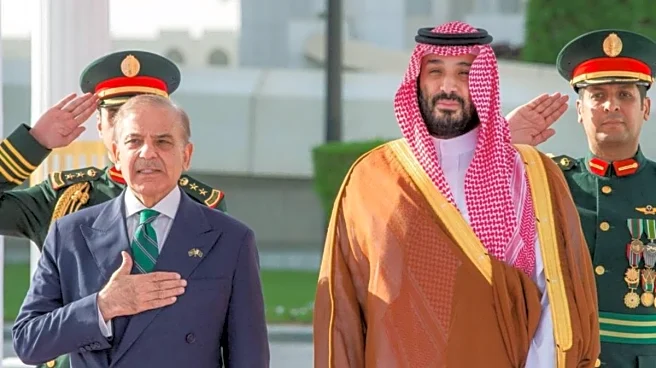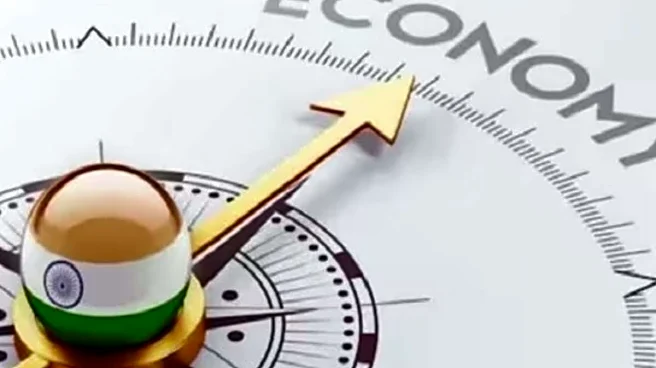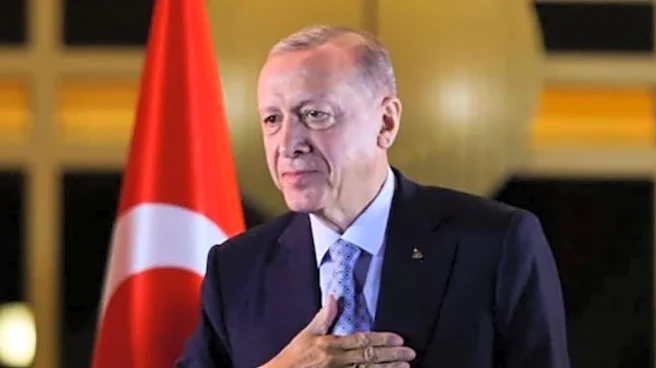This year's winning work included some truly unusual ideas. A group of scientists from the US and Israel tested whether adding Teflon, the non-stick coating found on pans, to food could reduce calorie intake.
The thinking was simple: if Teflon passes through the digestive system without breaking down, it could bulk up food without adding energy.
"The US food regulator was nonplussed by the admittedly 'wonky' idea," said Rotem Naftalovich of Rutgers University, one of the researchers, as quoted by the BBC.
In Japan, another team turned cows into zebras. By painting black and white stripes on cattle, they showed that fly bites were cut in half. Flies are usually drawn by smell, shape, colour, or even the way light bounces off an animal's body. Stripes disrupt this attraction, the team explained.
Researcher Tomoki Kojima accepted the award in a zebra-print shirt, joking as colleagues pestered him with fake flies. He said, "We are deeply honoured to receive this award. This award serves as motivation for us to continue striving for excellence."
Other winners showed equal creativity. A mostly Italian group won the physics award for studying exactly when a cacio e pepe pasta sauce turns lumpy and how to stop it. Nutrition researchers in Togo found that rainbow lizards love four-cheese pizza more than other flavours. Two US doctors won for showing that when mothers eat garlic, their breastmilk smells of it and babies like it even more.
The Ig Nobel peace prize went to a light-hearted Dutch study which revealed that alcohol helps people speak a foreign language more fluently. In aviation, scientists found that drinking alcohol makes fruit bats lose control of their flight and echolocation. The literature award was given posthumously to William Bean, a historian who spent 35 years tracking the growth of one thumbnail.
The complete list of this year’s winners is available here.

/images/ppid_59c68470-image-175827257566585463.webp)




/images/ppid_59c68470-image-175812754356286728.webp)




/images/ppid_59c68470-image-175807755107273457.webp)